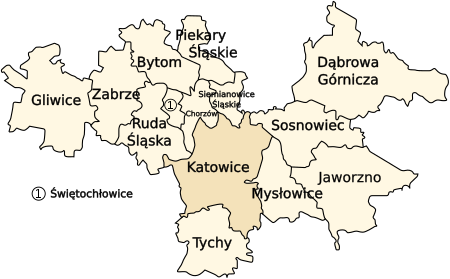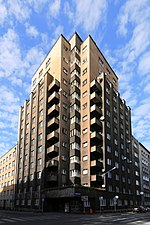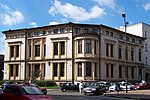Upper Silesian Industrial Region

The Upper Silesian Industrial Region (Polish: Górnośląski Okręg Przemysłowy, pronounced [gurnɔˈɕlɔ̃skʲi ˌɔkrɛŋk pʂɛmɨˈswɔvɨ], Polish abbreviation: GOP [gɔp]; German: Oberschlesisches Industriegebiet) is a large industrial region in Poland. It lies mainly in the Silesian Voivodeship, centered on Katowice. It is situated in the northern part of Upper Silesian Coal Basin a home of altogether 5 million people (Silesian metropolitan area), the southwest border of the Rybnik Coal Area (Polish: Rybnicki Okręg Węglowy, ROW) and west borders with the Ostrava urban area. Covers 3,200 km² and about 3 million people.The Upper Silesian Industrial Region is located in the province of Upper Silesia and Zagłębie Dąbrowskie in southern Poland in a basin between the Vistula and Oder rivers. Upper Silesian Industrial Region is an area with enormous concentration of industry. Dominates here: Mining industry (more than a dozen active coal mines, mainly as Katowicki Holding Węglowy, Kompania Węglowa, JSW,Węglokoks Iron and steel industry (more than a dozen active iron and nonferrous metals) Transport industry (example General Motors Manufacturing Poland and Fiat Auto Poland, Konstal, Bumar Łabędy) The energy industry (more than a dozen plants) Mechanical engineering Chemical industry
Excerpt from the Wikipedia article Upper Silesian Industrial Region (License: CC BY-SA 3.0, Authors, Images).Upper Silesian Industrial Region
Mikołowska, Katowice Załęska Hałda (Załęska Hałda-Brynów)
Geographical coordinates (GPS) Address Nearby Places Show on map
Geographical coordinates (GPS)
| Latitude | Longitude |
|---|---|
| N 50.25 ° | E 19 ° |
Address
Mikołowska
Mikołowska
40-068 Katowice, Załęska Hałda (Załęska Hałda-Brynów)
Silesian Voivodeship, Poland
Open on Google Maps











